The pain will linger for the New York Rangers for a while after their disillusioning six-game Eastern Conference Final loss to the Tampa Bay Lightning, ending an amazing and completely unexpected deep playoff run.
General manager Chris Drury and the front office, however, don’t have time to mourn. The club’s braintrust needs to get to work on constructing the roster for 2022-23, one that will unquestionably look different than this season’s – and which will have major implications for the next few seasons as well.
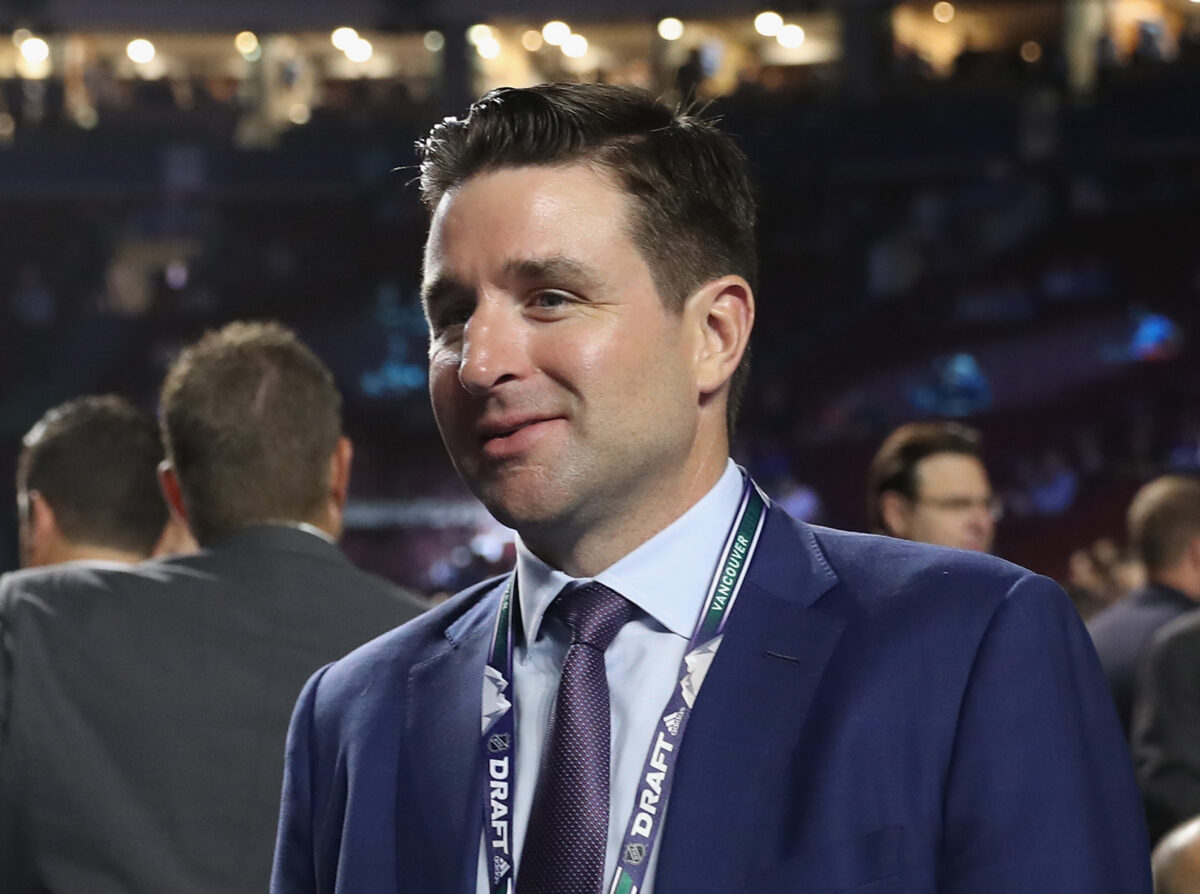
Drury and co. face critical calls on which key players they’ll attempt to retain, who they’re comfortable letting leave and how much faith to put in young players to increase their production in 2022-23. With a very tight salary cap situation and several members of their young core needing new contracts, the course that team brass charts this offseason will greatly impact the Rangers’ fortunes into the near future.
The draft and free agency beckon, so Drury will soon gather team executives and begin to hammer away at the big personnel questions facing the Blueshirts. Five issues stand out.
1. Which of the Rangers’ Trade Deadline Acquisitions Will They Try to Keep?
Andrew Copp, Frank Vatrano, Tyler Motte and Justin Braun all made significant contributions to this run, providing much-needed depth throughout the lineup and representing a collective home run for Drury in his first trade deadline as Rangers GM. All four players, though, are set to become unrestricted free agents, and the club can’t afford to bring them all back – and in fact, might not be able to afford any of them.
Among the quartet, Braun is all but a certainty not to return. The same probably holds true for Vatrano, who upon being freed from the Florida Panthers’ stacked lineup, asserted himself as a valuable scorer who can play in a team’s top six. He seems sure to receive a long-term contract offer that the Rangers, with whom he fit in so well, won’t be able to approach.
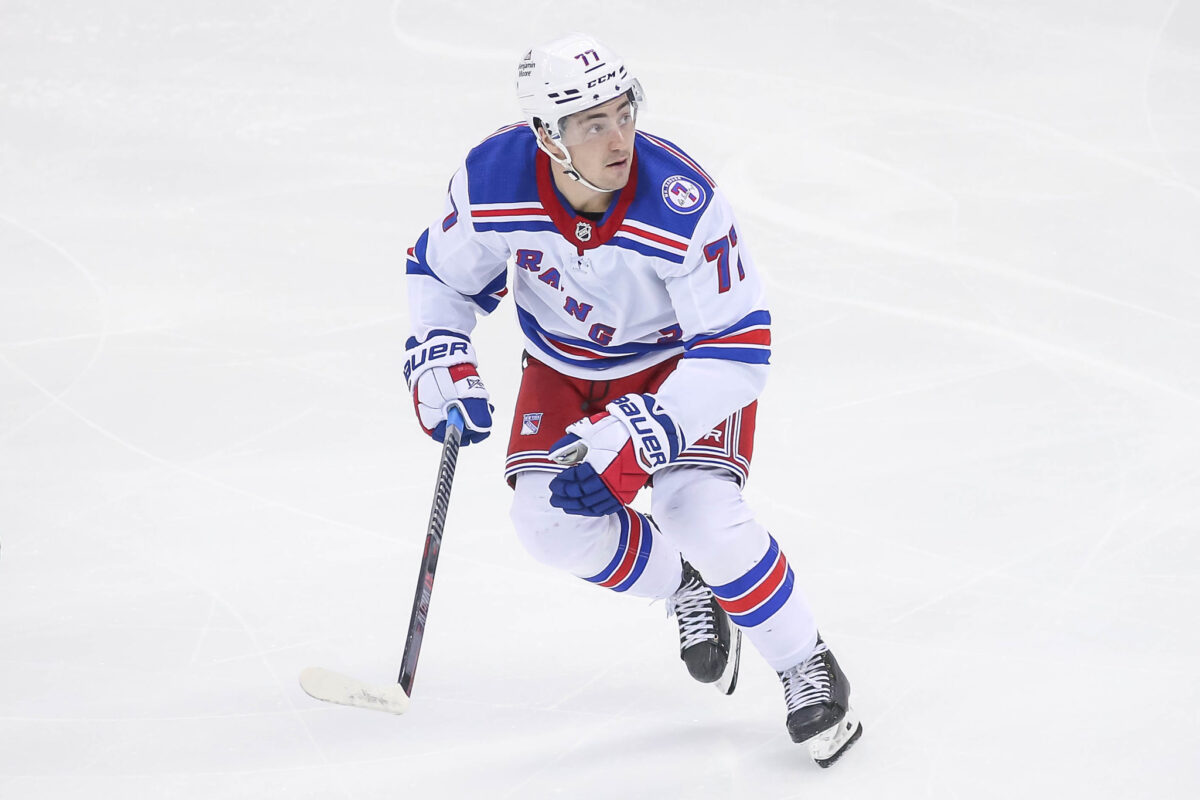
Where it gets really complicated is with Copp and Motte. Copp is the one player for whom Drury paid a premium, with the final cost for the Rangers to acquire he and a 2023 sixth-round pick from the Winnipeg Jets being this year’s first-round pick, a conditional second-round pick, young center Morgan Barron and a 2023 fifth-rounder. That price might make Drury more eager to try and re-sign the versatile Copp, but the Rangers’ cap and playoff run might again make it difficult. As with Vatrano, the Blueshirts’ postseason raised Copp’s profile and stock, and he’s sure the generate plenty of interest on the open market. If his price elevates into the $6 million-per-year range, the Rangers are going to have a very tough decision to make.
Ditto for Motte, whose speed, grit, physicality and penalty killing will be in demand. The Rangers would love to keep the 27-year-old, but with Barclay Goodrow signed for an average annual value of $3.6 million for five more seasons, giving Motte the raise above his current $1.2 million cap hit he’s sure to get would probably represent an untenable amount of money committed to two bottom-six forwards.
2. What Will Be the Fate of Ryan Strome?
The postseason didn’t end well for the veteran center, who wasn’t able to convert Copp’s late Game 5 feed into an empty net that would have given the Rangers the lead, and then was forced to bow out of Game 6 after two ineffective periods due to a pre-existing injury. Still, 28-year-old Ryan Strome represents a difficult call for Drury, who as assistant GM watched Strome play a key role during the Rangers’ rise from rebuilding outfit to Stanley Cup contender this season.
Having bonded perfectly with star left wing Artemi Panarin over the past three seasons while becoming a leader on the ice and in the dressing room, the alternate captain could be viewed as part of the team’s veteran core at this point. Yet the cold, hard reality of the cap leaves Strome’s future on Broadway murky at best.
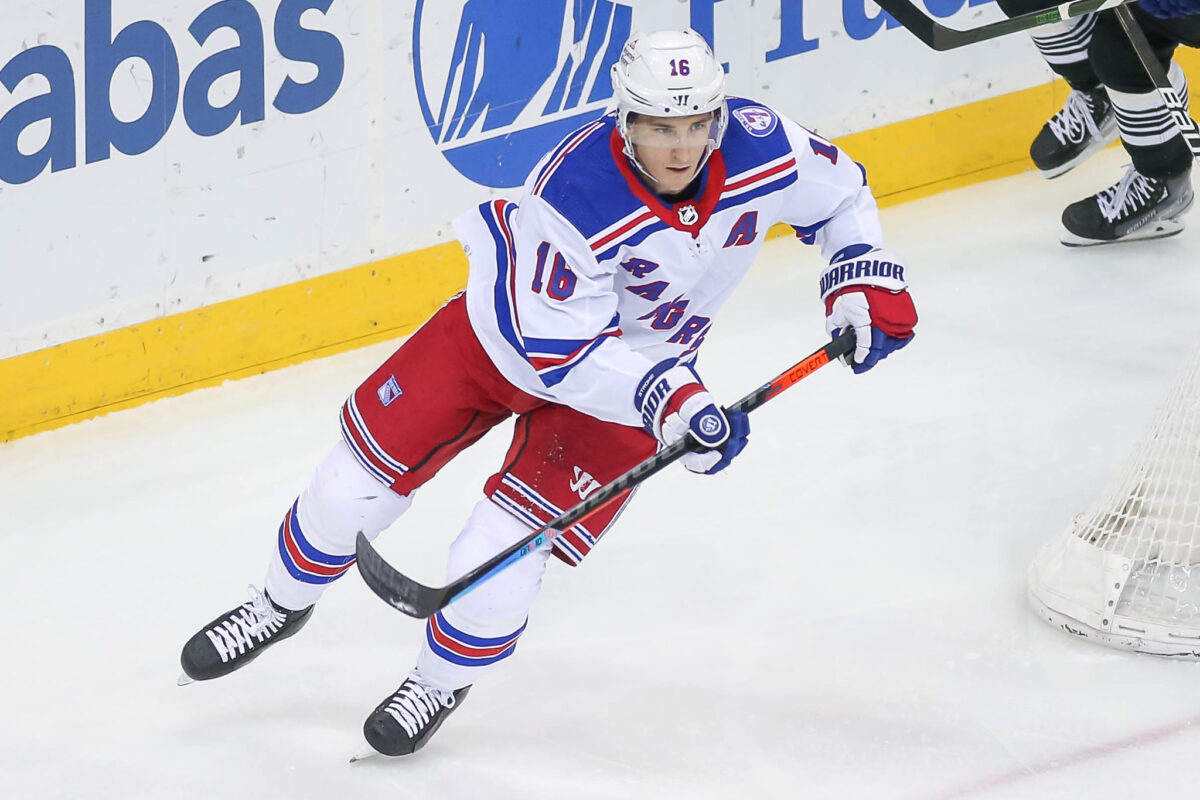
With a projected $13.5 million of space for next season, keeping Copp, Motte and Strome will be impossible without other moves. The Rangers need to sign Kaapo Kakko to a bridge deal this summer, and do the same for Alexis Lafreniere and K’Andre Miller next summer. In fact, it’s possible that keeping any of the three aforementioned vets won’t be doable because of that.
Strome, who played under a $4.5 million cap hit this season, can also expect a raise in a long-term contract. If the Rangers do decide to try and re-sign any part of the trio, it seems more likely that they’d prioritize Copp, a natural center who scores, kills penalties and like Strome, showed the ability to mesh with Panarin’s game. Copp could slide into Strome’s second-line center role, as he did at times after being acquired. If the Rangers attempt to keep Copp, it’s difficult to envision Strome returning. His outstanding four-season run with the Rangers might very well be over.
3. Are the Kids Ready to Step Up?
The Kid Line was a playoff revelation for the Rangers, with its energy and strong 5-on-5 play being one of the key reasons why the club advanced to within two wins of the Stanley Cup Final. Center Filip Chytil finally showed signs that he might develop into a star, Lafreniere continued his steady rise in the playoffs and Kakko, while not much of an offensive contributor in the postseason, also provided glimpses that engendered hope for his future.
What does all of that mean for next season, though? How the front office answers that question will have a domino effect on the rest of its personnel decisions. Is Chytil ready to graduate into the top six, allowing the Rangers to perhaps let both Copp and Strome walk and leaving valuable cap space to re-sign their young players? Or does the club view Chytil, working under a bargain $2.3 million cap hit next season, as strictly a third-line center going forward?
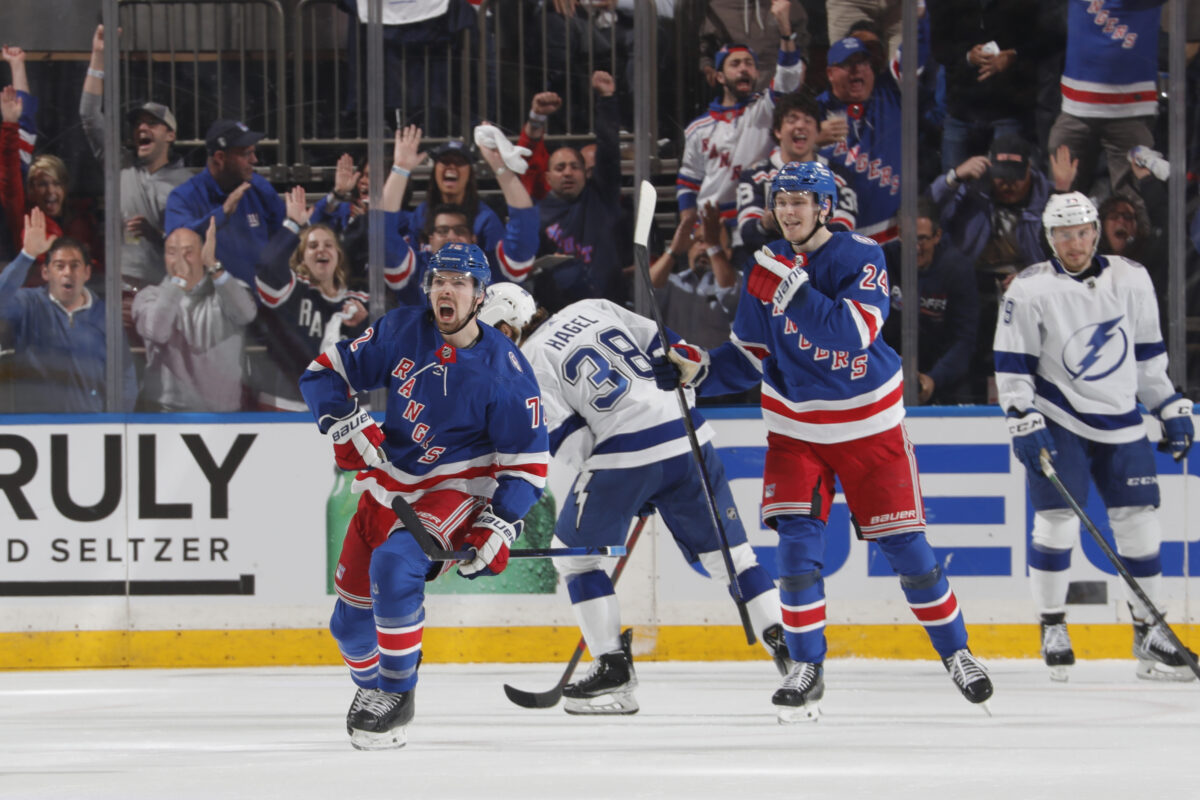
Will Kakko’s offensive game, which in part compelled the Rangers to draft him second overall, develop enough for him to be counted on to replace the production of the players expected to depart? Is Lafreniere on the verge of busting out? That final query, in fact, leads to another pivotal offseason question …
4. Can Lafreniere Transition to the Right Side?
The Rangers were able to delay this reckoning with the formation of the Kid Line, but they won’t be able to avoid it next season. Lafreniere, a natural left wing, had mixed results when coach Gerard Gallant moved him to the right side with Kreider and Zibanejad earlier in the season.
Other than star goaltender Igor Shesterkin and defenseman Adam Fox, no player is more central to the Rangers’ future success than Lafreniere. Yet there’s little question that the 20-year-old appears more comfortable at left wing, a position where the Rangers have Kreider and Panarin signed long-term.
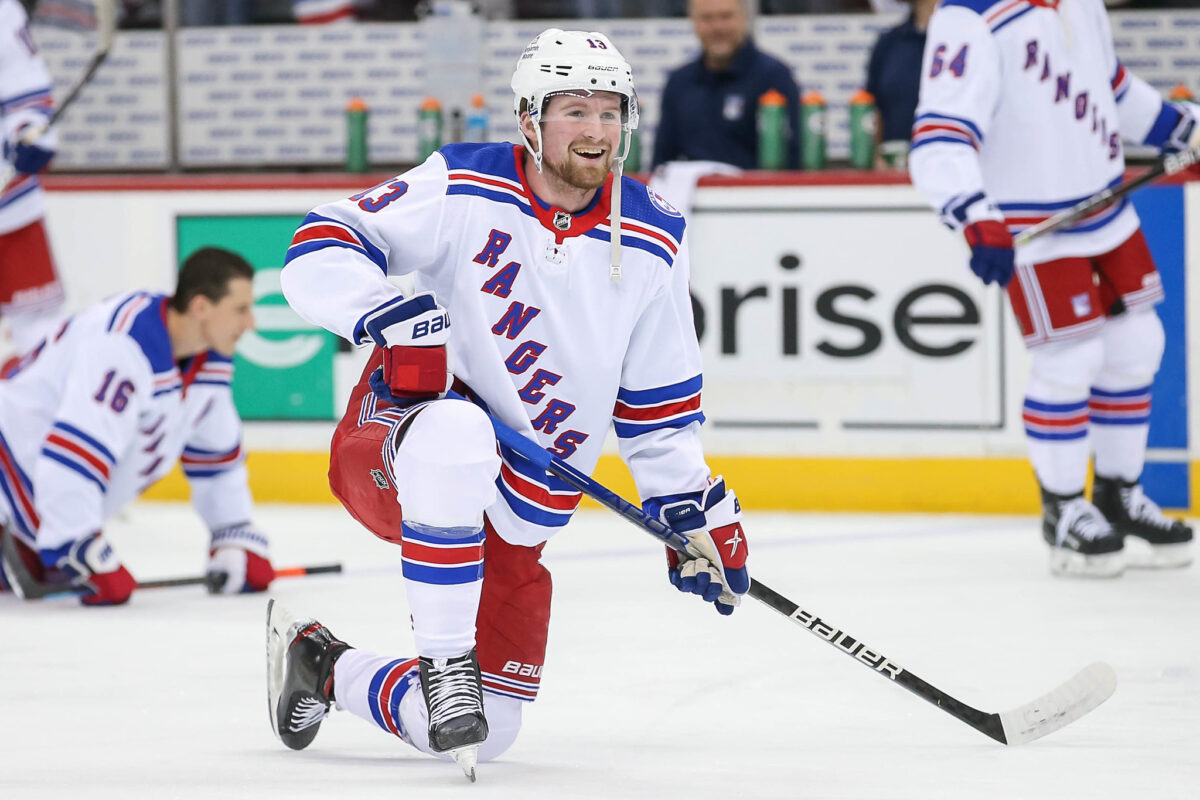
Neither player is going anywhere, and the Blueshirts’ plan isn’t to play the 2020 top overall pick on the third line for the next 4-5 years in order to keep him on the left. Lafreniere will need to use this offseason to begin what’s probably going to be a permanent move to his off side. Will he be able to do it?
With Kreider and Panarin ensconced on the left side and in the top six, Lafreniere’s path to a set spot on one of the top two lines tilts to the right. If he can’t find a comfort zone there, the Rangers will have a major conundrum on their hands.
5. How Will the Rangers Approach Their Backup Goaltending Picture?
This one qualifies as more of a headache than a critical decision, but it still requires attention. What’s certain here is that Alexandar Georgiev won’t be the backup next season – or on the roster at all. Having completed a contract that carried a $2.425 million cap hit last season and leaves him a restricted free agent with arbitration rights, the Rangers would need to give the 26-year-old a qualifying offer of at least that much to retain him. That isn’t happening, with Shesterkin having established himself as one of the best goalies in the NHL and the Blueshirts unable to spend that kind of money on a No. 2 goalie again.
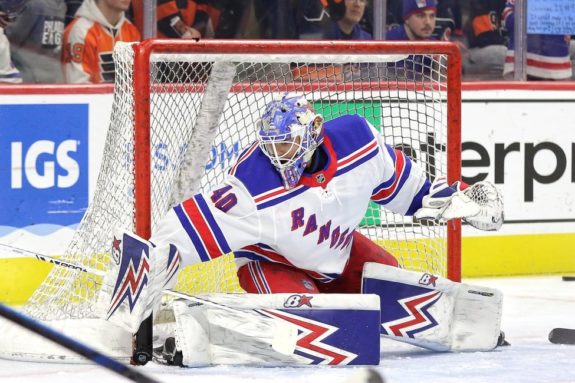
The “headache” part? The Rangers know Georgiev has a good chance to go elsewhere and thrive, given the 58-48-11 record, .908 save percentage and 2.94 goals-against average he put up in five seasons on Broadway. Georgiev was discouraged over what he perceived as not getting a fair chance to compete with Shesterkin to succeed Henrik Lundqvist, and then struggled to handle a backup role, his play inconsistent without regular work over the past two seasons.
Related: Rangers: 4 Trade Destinations for Alexandar Georgiev
Yet he’s delivered stretches of outstanding play, and goaltending-needy teams are sure to show interest. The problem for the Rangers is that they’ll probably have trouble extracting any sort of meaningful return in a trade. Potential suitors are aware the Blueshirts need to move Georgiev, and while his potential is obvious, there’s not enough of a track record for a team to give up a prime asset for him. The fact that he’s unsigned and will need a contract worth $2.5 million or more further depresses his value.
The Rangers had been willing to listen on Georgiev since last summer, but didn’t get an offer to their liking and then decided to keep him as insurance for their playoff run. Now, at best, they might have to accept a mid-round draft choice for him, which would at least help replenish some of the picks they dealt away at the trade deadline, and possibly watch him succeed elsewhere in a 1A-type role.
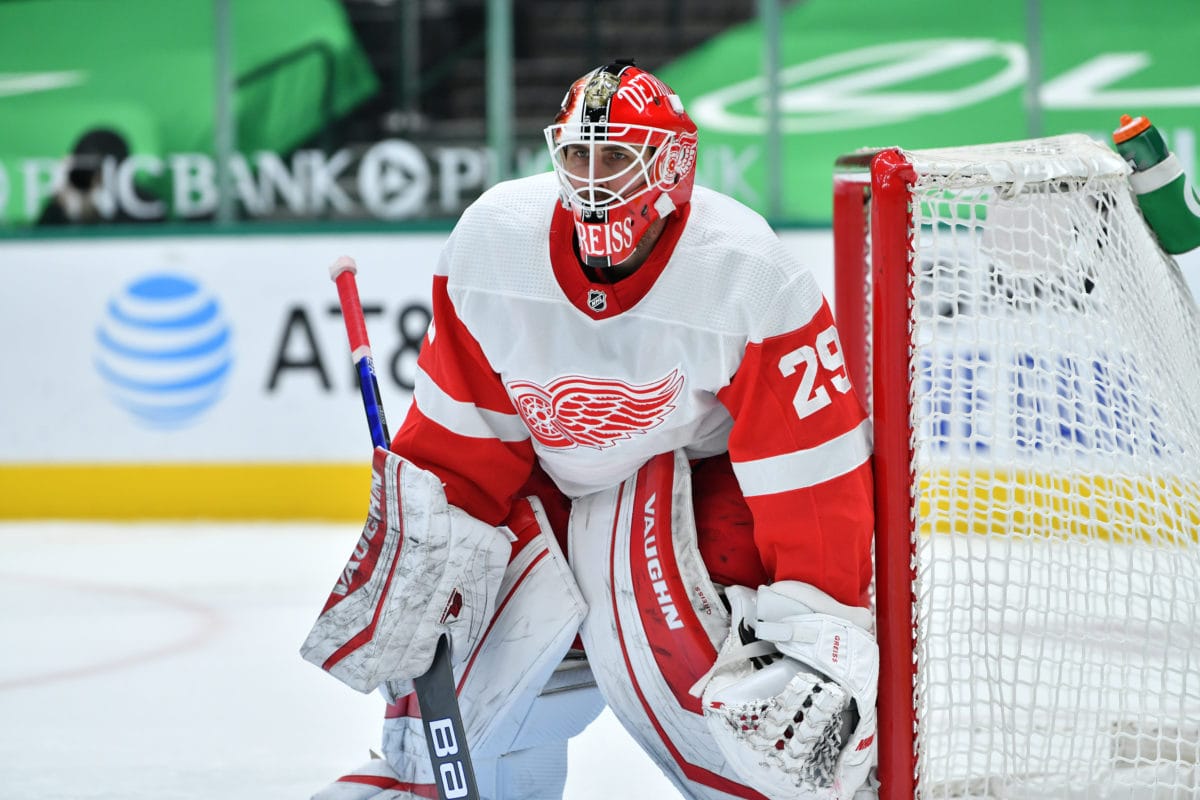
Drury is sure to target a player from the “capable, steady veteran” pool of free-agent goalies to replace Georgiev – one whose salary won’t be much more than the minimum, which should save the team at least $1 million and likely more.
Rangers Sure to Look Different in 2022-23 – Will They Be Better?
Climbing the next rung on the ladder toward a Stanley Cup might prove harder than many think. The Rangers took advantage of their essentially unlimited deadline cap space this season to bolster their lineup for the postseason – cap space that’s now gone. Having come out of their rebuild, the Blueshirts are now just like every other contending club in the NHL – trying to maintain that status by keeping key pieces in a hard-capped world, and hoping for improvement from young players and no regression from stars in their prime.
Doing so will be a challenge with some, and probably most, of their important free-agent veterans sure to leave. That’s why Drury’s upcoming decisions will carry so much weight. He did an outstanding job in his first season as GM, both with his 2021 offseason acquisitions and hiring of Gallant, and then his impeccable deadline moves.
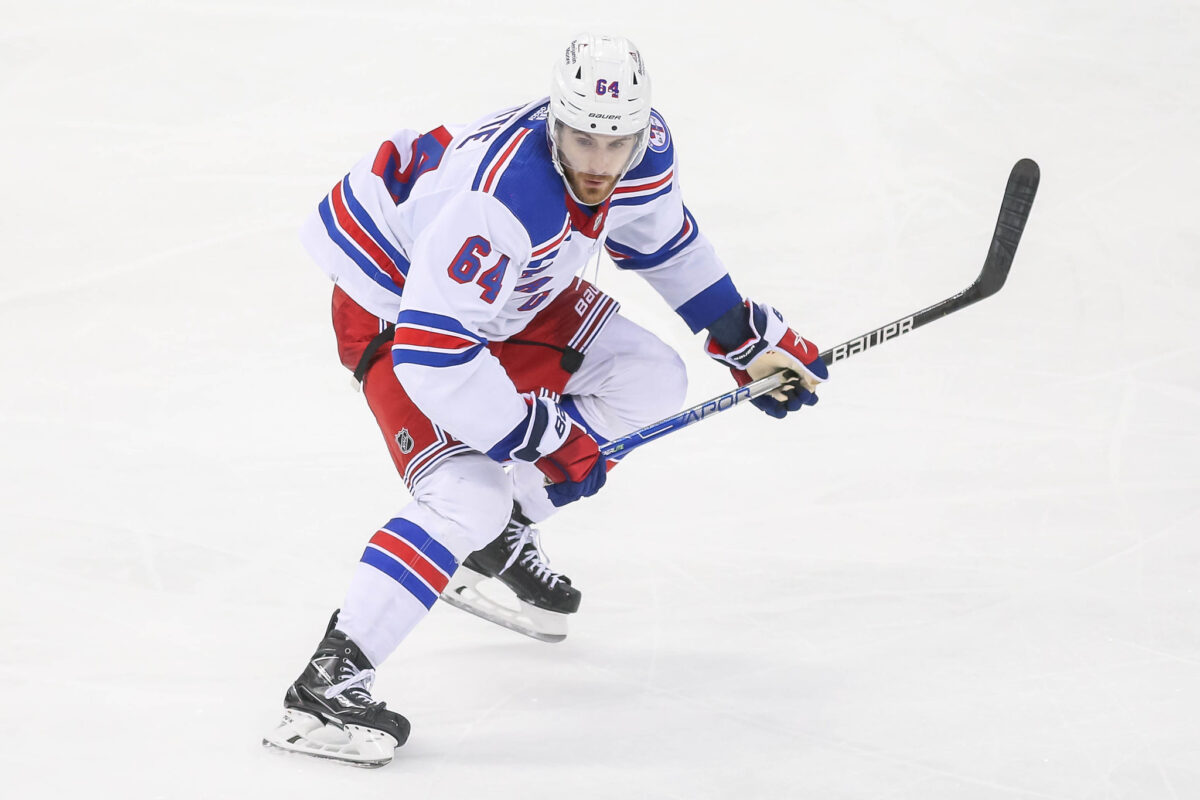
Now, it appears that the really hard work for Drury – building a roster that can get six more wins – begins in earnest.